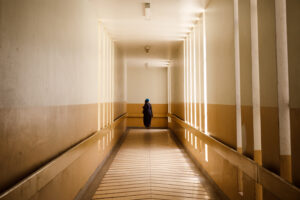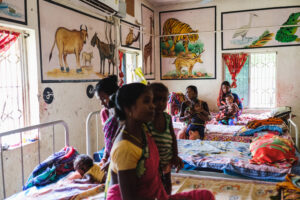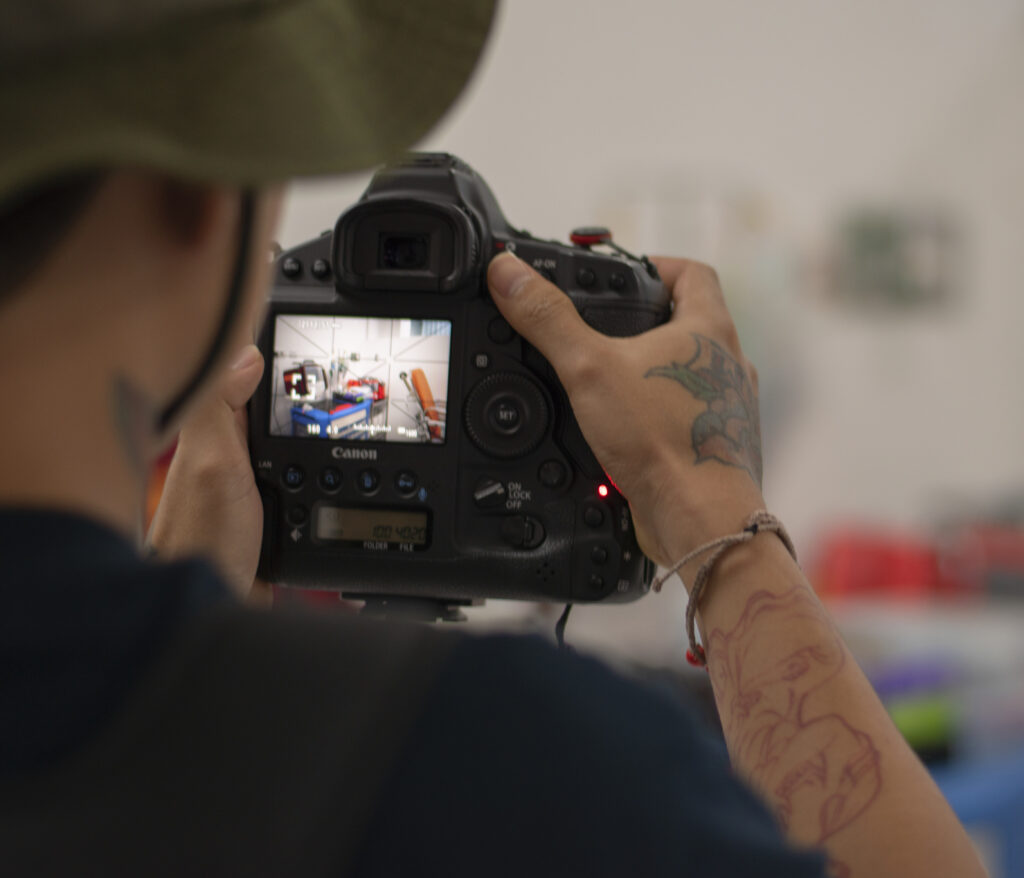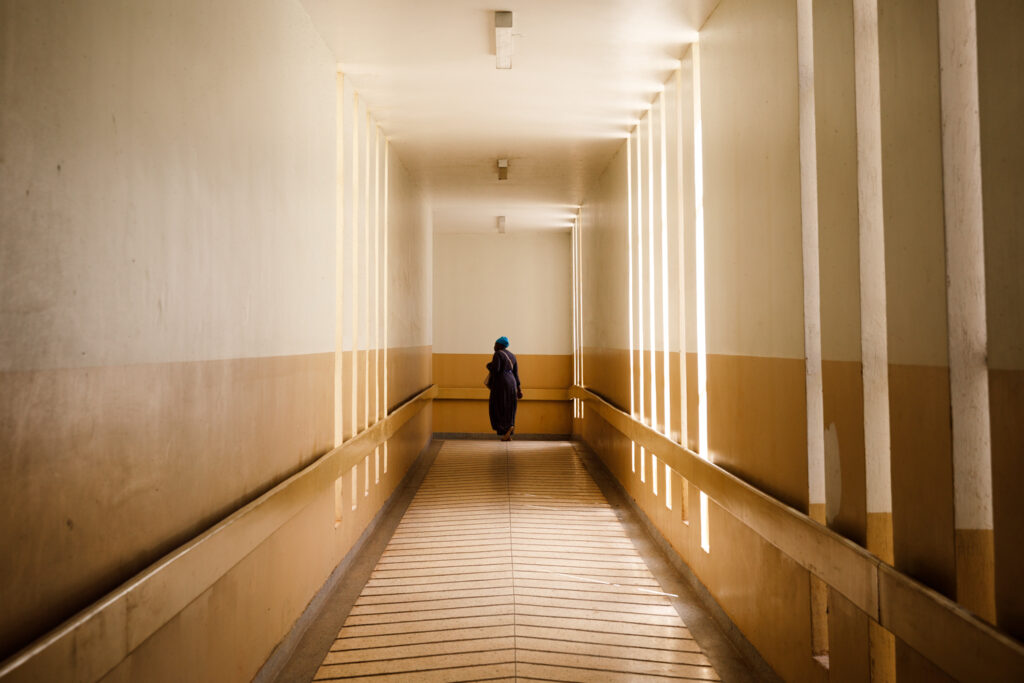Images as Data: Snapshots of discoveries
When Development Specialist, Jenni Hämäläinen, and Visual Creative, Helena Vizcaino, returned from the field in Indonesia, they were brimming with urgency to share the realisations they had about what this unique project can contribute to the global health and development sector.
After teaming up with renowned Indonesian photographer, Azcha Tobing, travelling to 19 health facilities, and snapping hundreds of photographs, here are their top three unforgettable learnings.
1. A novel concept
Helena and Jenni enthusiastically articulated that this concept of capturing images as data is new, and that local stakeholders also continually made this observation.
Jenni describes that it was so new, healthcare workers often seemed surprised after the team expressed that the focus of the work was on taking photos, rather than interviewing people.
“Once we explained our ultimate goal to people such as the local missionaries, they were excited,” Jenni explains. She explains that local stakeholders are accustomed to seeing people come to Indonesia seeking to collect traditional means of data.
Helena also mentioned that when they were seeking permission to visit public health facilities, a government official had even said he was surprised no other organisation had thought to do this before.
2. Images are actual data
Helena mentioned that as the photos were taken, she realised the power behind the name of the project, Images as Data. She said that images are often thought of as illustrations to statistics, but that this is not true for this project. In this case, images are actual data.
“Using these images to analyse and understand healthcare in low-resource countries allows us to empathise. A narrative is constructed,” says our visual creative, marvelling over the power photography has to create humanistic understandings that numbers and stats cannot.

3. Multi-layered
One observation both Jenni and Helena noticed as the photo collection expanded was the number of layers within each photo, and the power that all these seemingly countless layers can contribute to an overall picture of health.
For example, one might see a photo of a patient facility, such as the one below. Look closer, however, and other important elements to the environment become visible. For example, one can observe that the facility is located uphill in a tropical environment. Onlookers can ask questions about accessibility, and also about how this can be impacted by inclement weather conditions.

Stay tuned–more developments on this project are underway. Upon completion, the database will include visual data from health settings in Kenya, Uganda, and India, in addition to Indonesia.
By Margaret Ann Collier
Back to news

